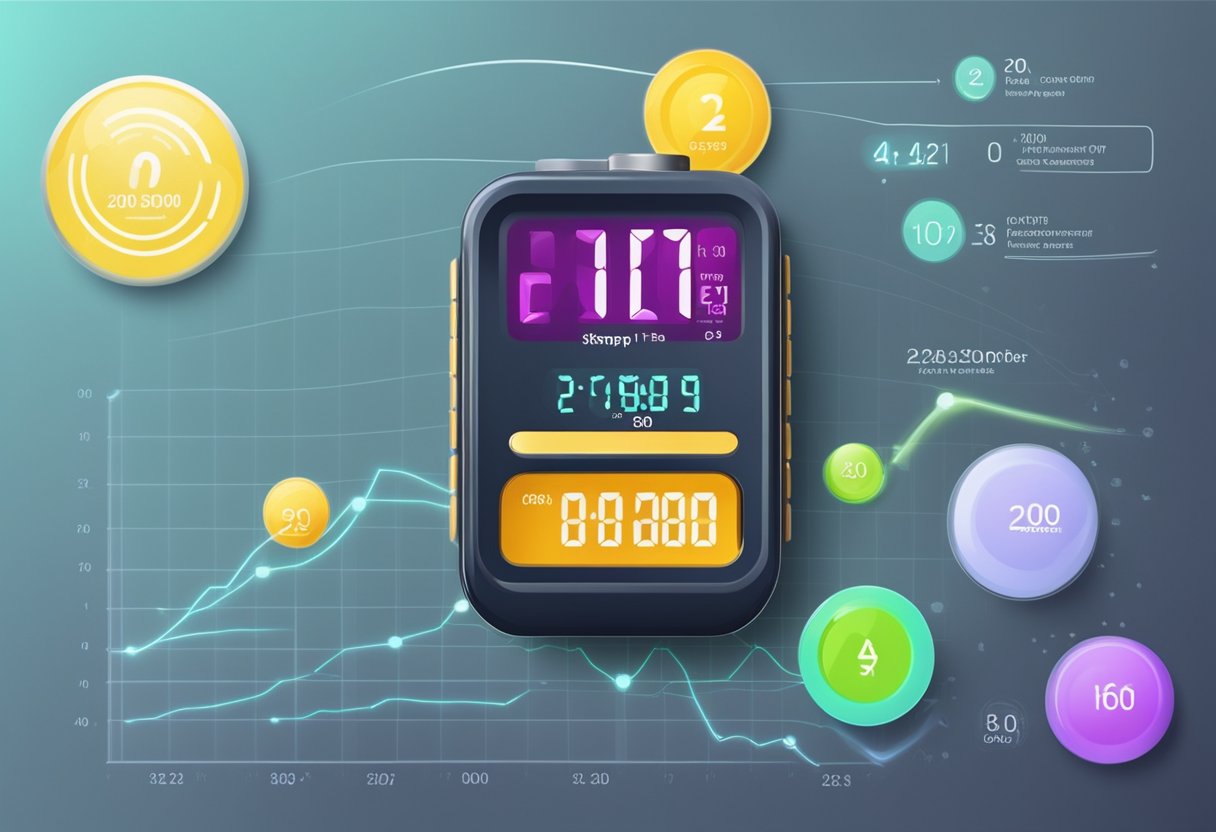How to Measure Your Pulse: Tips and Techniques for Accurate Readings
Understanding how to measure your pulse correctly is essential for monitoring your health. In this article, we focus on methods and best practices for measuring your pulse accurately at home or elsewhere.

Why Measuring Your Pulse is Important
Measuring your pulse is a simple yet effective way to assess your heart rate, which can provide valuable insights into your health. A normal resting pulse ranges from 60 to 100 beats per minute (bpm) in adults. Knowing how to check your pulse can help you gauge your fitness level, monitor your cardiovascular health, and detect potential health issues.
Where to Measure Your Pulse
You can measure your pulse in various locations on your body, but the most common sites include:
- Wrist (Radial Pulse): Place two fingers (index and middle) on the thumb side of your wrist. Count the beats for 15 seconds and multiply by four to get your bpm.
- Neck (Carotid Pulse): Use your fingers to find the pulse on one side of your neck, just below the jawline. Again, count for 15 seconds and multiply by four.
- Top of the Foot (Dorsalis Pedis Pulse): Place your fingers on the top of your foot, where the pulse can be felt along the arch.
- Heart Rate Monitor: Devices like smartwatches or fitness trackers can measure your pulse continuously and provide you with real-time data.
How to Measure Your Pulse Correctly
Here’s a step-by-step guide on how to measure your pulse accurately:
- Find a Comfortable Position: Sit or lie down in a quiet place to ensure your heart rate is at rest.
- Locate Your Pulse: Choose one of the pulse points mentioned earlier (wrist or neck is preferred for beginners).
- Use the Right Technique: Use the pads of your fingers, not your thumb, since your thumb has its own pulse which can cause confusion.
- Count the Beats: Count how many beats you feel for 15 seconds. Use a stopwatch or timer to keep track.
- Calculate Your Heart Rate: Multiply the number of beats you counted by four to convert it to beats per minute.
- Repeat for Accuracy: For a more accurate reading, measure your pulse at least twice, and take the average.
Factors That Can Affect Your Pulse Rate
It’s essential to consider various factors that can influence your pulse reading:
- Stress and Emotions: High stress or anxiety can temporarily increase your heart rate.
- Physical Activity: Exercise can elevate your heart rate; make sure to measure your pulse at rest for a baseline reading.
- Caffeine and Stimulants: Consuming caffeine or stimulants can also raise your heart rate.
- Medications: Some medications affect heart rate; consult your doctor if you're uncertain about how they may influence your readings.
Common Questions About Measuring Pulse
Here are answers to some frequently asked questions regarding pulse measurement:
- What is a normal pulse rate? A normal resting pulse rate for adults ranges from 60 to 100 bpm. Athletes may have lower resting rates due to improved cardiovascular fitness.
- How can I lower my pulse rate? Regular exercise, stress management techniques, and a healthy diet can help lower your resting heart rate over time.
- Is it normal for my pulse to vary? Yes, pulse rates can vary throughout the day due to activity levels, emotions, and other factors.
- When should I be concerned about my pulse? If you consistently measure a resting pulse over 100 bpm or below 60 bpm (without being an athlete), you should consult a healthcare provider.
Conclusion
Measuring your pulse is a straightforward process that can provide essential insights into your health. By following the techniques outlined above, you can accurately monitor your heart rate and take proactive steps towards a healthier lifestyle. Remember that consistent readings will give you the best understanding of your cardiovascular health. If you notice irregularities or have concerns about your pulse, don't hesitate to reach out to a healthcare professional.
New posts

Understanding Normal Pulse Rates: What Is a Normal Pulse?
Fitness

Understanding Ruhepuls 60: A Guide to Optimal Heart Rate
Fitness

Understanding Ruhepuls 45: The Ideal Resting Heart Rate for Your Health
Fitness

Understanding Normal Pulse Pressure: What You Need to Know
Lifestyle

Low Blood Pressure and Trembling: Understanding the Connection
Wellness

Understanding Low Blood Pressure at Night: Causes, Symptoms, and Management
Wellness

Understanding Pulsdruck: Key Insights into Your Blood Pressure Dynamics
Wellness

Understanding Why You Might Experience Niedriger Blutdruck
Lifestyle

Navigating Low Blood Pressure and High Pulse: Key Insights
Wellness

Understanding Ruhepuls 40: What It Means for Your Health
Fitness
Popular posts

Understanding Low Blood Pressure and Tiredness: Insights and Solutions
Lifestyle

Understanding Low Blood Pressure with High Pulse Rate
Wellness

Understanding Normal Blood Pressure: A Deep Dive
Wellness

Effective Strategies for Managing Heart Palpitations: What to Do When Experiencing Herzrasen
Lifestyle

Recognizing the Symptoms of High Blood Pressure
Wellness

What to Do When You Have a High Heart Rate
Lifestyle

Understanding Low Blood Pressure: What Does the Lower Value Mean?
Wellness

Understanding Blood Pressure: What Does 110 Over 70 Mean?
Lifestyle

Understanding High Pulse and Low Blood Pressure: Causes and Solutions
Management

Effective Remedies for Low Blood Pressure
Lifestyle